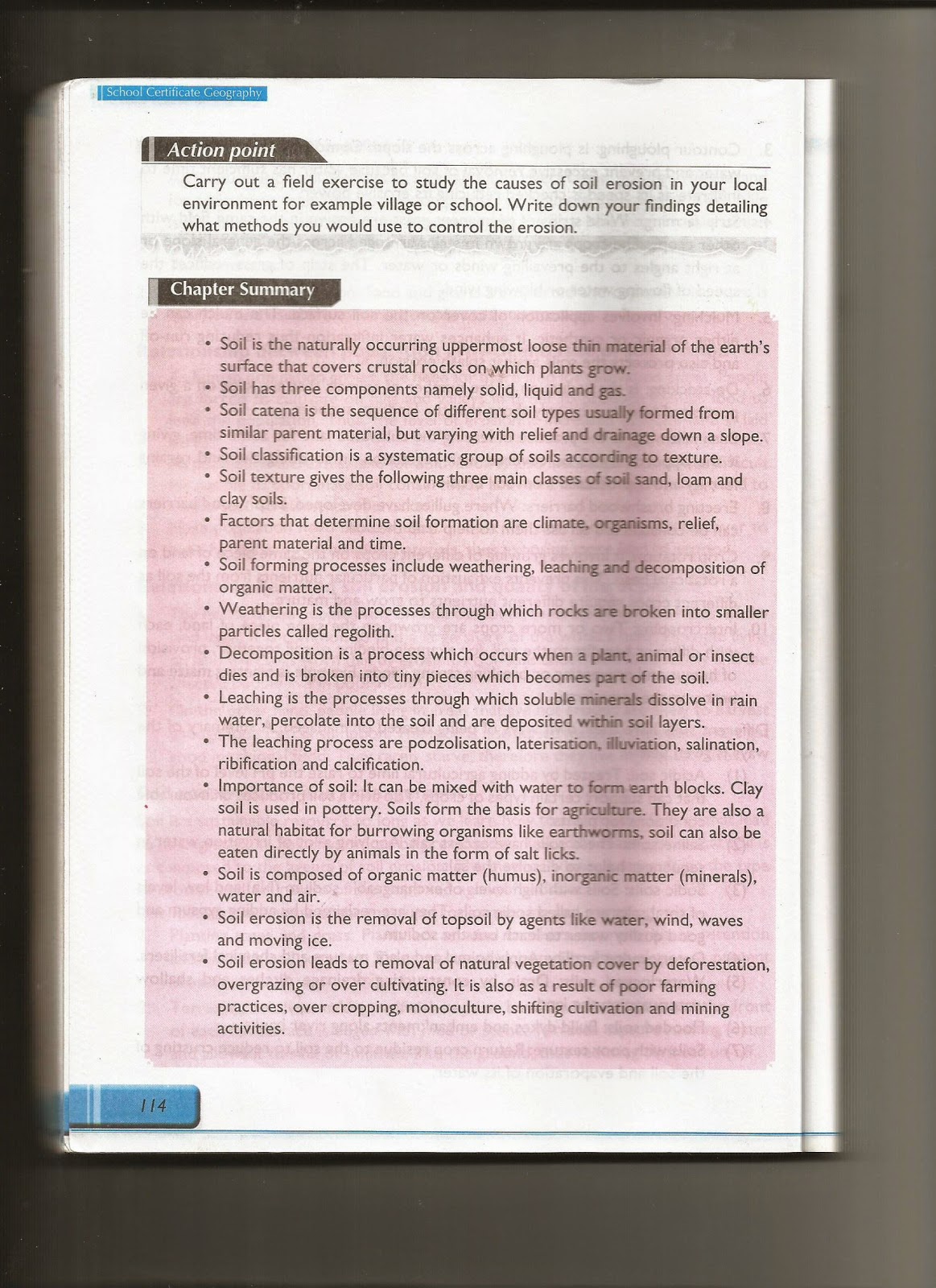AN ONLINE PLATFORM THAT PROVIDES EDUCATIONAL CONTENT,SYLLABUSES, STUDY NOTES/ MATERIALS ,PAST PAPERS, QUESTIONS & ANSWERS FOR THE STUDENTS,FORM I--VI ,RESITTERS,QT, ADULT LEARNERS, COLLEGE STUDENTS, PUPILS, TEACHERS, PARENTS,TEACHERS OF THE UNITED REPUBLIC OF TANZANIA AND WORLDWIDE.YOU ARE WELCOME TO SHARE YOUR KNOWLEDGE AND IDEAS.ENJOY MASATU BLOG.YOU CAN MAKE A DIFFERENCE.YOU CAN ACHIEVE EXCELLENCE. "LEARN.REVISE.DISCUSS".Anytime, Anywhere.
- HOME
- UTAKUZAJE UWEZO WAKO WA LUGHA ?
- MBINU ZA KUSOMA NA KUFAULU MITIHANI
- HOW TO IMPROVE YOUR MEMORY
- ONLINE LEARNING & DISTANCE LEARNING ( E--LEA...
- O-LEVEL & A--LEVEL SYLLABUS
- FORM FOUR ( F 4 )--SUBJECTS---TANZANIA
- FORM TWO ( F 2 )--SUBJECTS---TANZANIA
- FORM ONE ( F 1 )-- SUBJECTS---TANZANIA
- FORM FIVE( F 5 ) AND SIX ( F 6 )--SUBJECTS ---TANZANIA
- FORM THREE ( F 3 ) SUBJECTS----TANZANIA
- STANDARD 1 & 2 SUBJECTS / MASOMO YA DARASA 1 & 2-...
- STANDARD 3 & 4 SUBJECTS / MASOMO YA DARASA 3 & 4...
- STANDARD 5, 6 & 7 SUBJECTS / MASOMO YA DARASA...
Saturday, August 9, 2014
Wednesday, August 6, 2014
Tuesday, August 5, 2014
Monday, August 4, 2014
Saturday, August 2, 2014
POLAR AND TUNDRA REGIONS -----ENVIRONMENTAL ISSUES
POLAR AND TUNDRA Environmental Issues
| Advantages | Disadvantages |
|
|
POLAR AND TUNDRA REGIONS----- PEOPLE
PEOPLE
Only a few thousands people
live in the tundra regions. The Inuit
live in northern Canada, Greenland and Alaska. The Lapps (or Sami) herd reindeer in northern Scandinavia in an area
nicknamed Lapland.
To help them survive in the cold, stormy weather, they had to wear thick, warm clothes like coats and salopettes (trousers) which are waterproof and have fur inside to insulate them.
Their boots had special tennis racket-like soles so their body weight was spread out and they didn't sink in the soft snow.
Despite it being freezing, the sun is always shining so the Inuits had to wear tinted goggles and a mask to stop them going snow blind.
Today, many Inuit dress in modern clothes. Some have motor-powered snowmobiles and live in homes made of modern materials. Some homes have: electricity, double-glazed windows and telephones. Heated houses have to be built on stilts so that the permafrost does not thaw. If it did, the ground would give way. Water pipes are insulated and run above ground to stop them freezing.
Modern foods and other goods are flown into the towns to be sold in supermarkets so living costs are now high. Imported food has created health problems for the Inuit as it is rich in carbohydrates and sugar not found in their traditional diet
POLAR AND TUNDRA REGIONS---- PLANTS
PLANTS
The plants growing in the tundra are often small and grow close to the ground:
Many plants have dark red leaves so they can absorb as much heat from the sun in the cold tundra climate as possible.
|
POLAR AND TUNDRA REGIONS ----- GEOGRAPHY
ANIMALS
POLAR AND TUNDRA REGIONS --- CLIMATE
CLIMATE
The polar regions are very cold because the Sun's rays are weakest at the North and South Pole.
Powerful, icy-cold winds blow throughout the year. Often the wind sweeps up powdery snow from the ground and swirls it around, causing cold blizzards. Very little new snow or rain falls as it is too cold for moisture to evaporate.
The wind chill can make the temperature appear even lower than it actually is. An actual temperature of -6oC, for example, would make it feel a bitterly cold -34oC when the effect of wind chill is added on. Temperatures as low as -50oC have even been recorded.
The ground in the Tundra regions around the edge of the Arctic stays frozen for nine months of the year. In
the summer months, only the surface thaws and deeper ground stays
frozen. This frozen layer is called permafrost. Melted snow cannot seep
through the permafrost so, in the summer, the surface of the tundra
lands becomes boggy. The landscape of the tundra is therefore a treeless plain covered with moss and some grass-like plants.
|
Subscribe to:
Posts (Atom)



































